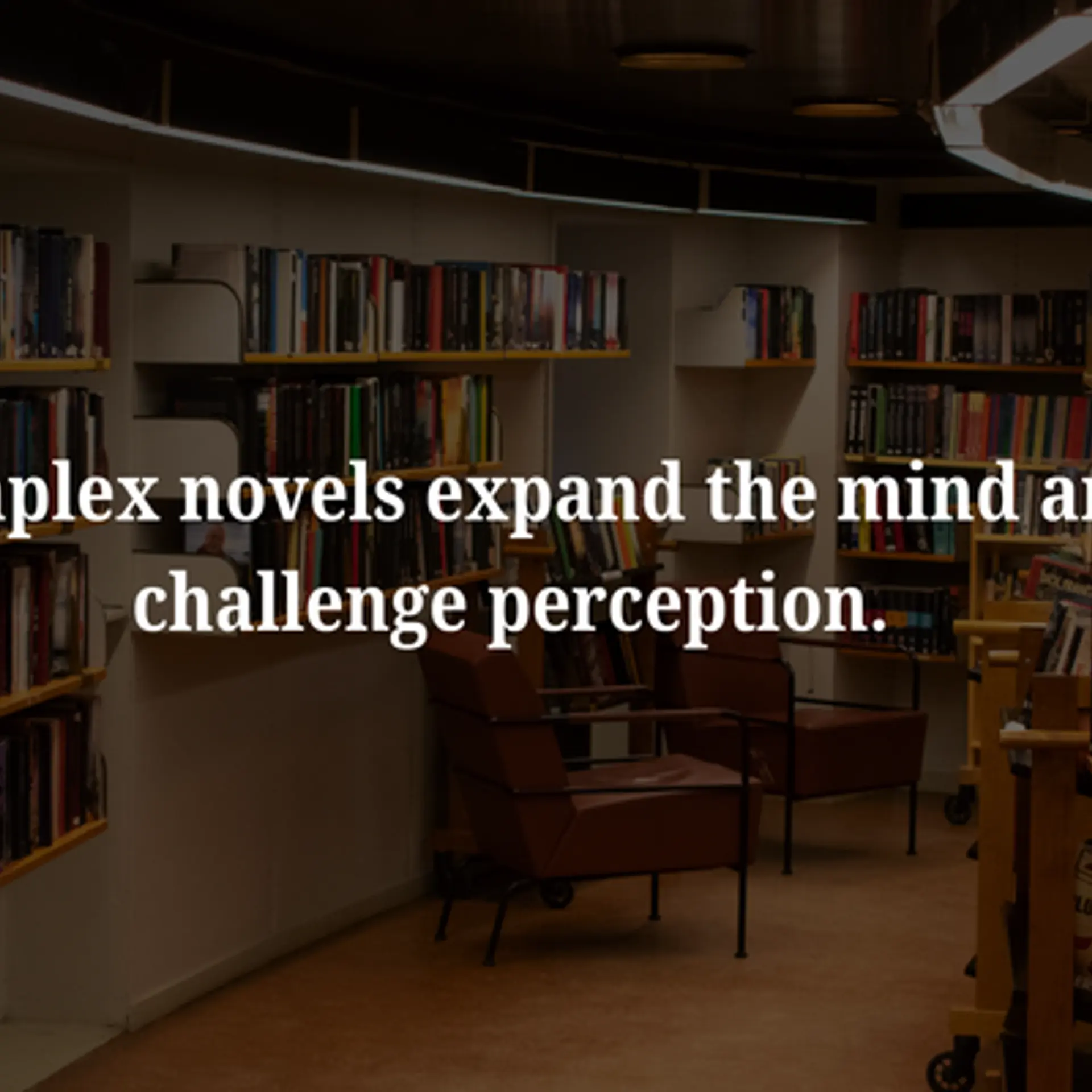‘Globally, businesses are recognising India’s Tier II cities as prime hubs for deploying cutting-edge AI tech’
In an interview with the EnterpriseStory, Anand Sahay, CEO, Xebia Global, said, the IT consultancy company sees Tier II cities in India as the new hotspots for building AI solutions.
Global IT consultancy company Xebia, founded in 2001 in the Netherlands, is taking a differentiated approach to nurturing and growing tech talent in India by focusing on Tier II cities.
The IT company, which has a presence in Europe, North America, and Asia, believes Tier II cities in India will provide the much-needed artificial intelligence (AI) solutions. According to Xebia, Jaipur and Bhopal have turned into AI-first transformation hubs for the company.
In an interview with Enterprise Story, Anand Sahay, CEO, Xebial, said, "More than 45% of GCC employees in India are working from outside Tier I cities, and Xebia is strategically addressing this opportunity by upskilling young engineers and hiring experienced professionals in AI, automation, and cloud technologies.”
Edited excerpts.
Enterprise Story (ES): How does Xebia perceive Tier II locations in India as viable options for providing technology services?
Anand Sahay (AS): India’s Tier II cities are stepping up as the new powerhouses for enterprise AI, automation, and cloud transformation. The India Skills Report 2023 lays it out plain and simple: 60% of STEM graduates are now coming from non-metro areas. That’s a big shift, spreading economic muscle and fresh ideas beyond the usual urban hotspots. With the Global Capability Center (GCC) sector on track to hit over $110 billion by 2027, these Tier II regions aren’t just along for the ride—they’re driving the push to weave AI into the fabric of business.
Look at Jaipur and Bhopal. We’ve turned these cities into AI-first transformation hubs that are plugged right into Xebia’s global enterprise network. These aren’t your run-of-the-mill delivery centers—they’re value hubs where real, high-stakes work happens for some of the biggest Fortune 500 companies out there. Take a global insurance leader, for instance. They’re using AI frameworks built in these hubs to automate claims processing and smooth out customer service, making life better for their clients.

Globally, businesses are recognising India’s Tier II cities as prime hubs for deploying cutting-edge AI tech. This shift is reshaping how innovation gets deployed worldwide, and these regions are right at the heart of it.
ES: How can we effectively tap into the talent from these Tier II locations, considering they might lack exposure to the latest technological advancements?
AS: What is truly challenging is ensuring constant learning among talent and the actual adoption of AI in the workflow. More than 45% of GCC employees in India are working from outside Tier I cities, and Xebia is strategically addressing this opportunity by upskilling young engineers and hiring experienced professionals in AI, automation, and cloud technologies.
We have developed worldwide instructional programs on AI that enable engineering graduates to spearhead enterprise-scale AI initiatives right from day one. In our Bhopal and Jaipur offices, the training paradigm is live project participation for select Fortune 500 clients.
Engineers in our Jaipur office have, for instance, developed an AI-enabled customer analytics platform using participants from a cloud engineering team who subsequently transitioned to AI Implementation Specialist roles due to Xebia's training programmes. Such practical approaches are effective.
For us, AI adoption doesn’t translate into simply recruiting more engineers. Our focus is on preparing an AI-first workforce that can perform at an enterprise scale.
ES: Is Xebia considering expanding its presence in these locations?
AS: Indeed, but not via conventional IT growth. Xebia’s focus is on expanding AI execution capacity, not recruiting more people for headcount. Jaipur and Bhopal are fully operational as AI-first transformation hubs that provide enterprise-class AI, automation, and cloud services to customers around the globe. From these centers, Xebia executed end-to-end the AI powered Customer 360 solution for a Fortune 500 financial services corporation.
In contrast to other IT firms that establish presence in Tier II locations to serve underutilised contract work as a support cost center, Xebia builds what they call Advanced Execution Hubs, which serve as execution engines–purpose-built advanced operational structures for driving the adoption of AI across the enterprise framework with architectural precision, verticalized skill sets, and at measurable business impact. The intent is not mindless growth, but rather, greater depth than breadth, execute rather than outsource, transform instead of transact and dial up rather than dial down.
ES: Is Xebia planning to adopt a hub-and-spoke model for Tier II locations?
AS: Not actively. Since the hub-and-spoke model, albeit useful for traditional IT service delivery, adds friction in AI-native settings. Automated decision-making in Tier I cities with command-and-control implementation pushed to spokes constrains agility, increases iteration cycle time, and context is separated from capability. In contrast, AI transformation requires embedded intelligence with intelligence orchestration and autonomous actions at the frontline.
Xebia’s operating model is structurally different. Jaipur and Bhopal are not back-office service extensions, rather they function as Advanced Execution Hubs, fully empowered to design, execute, and independently scale self-sustaining transformational programs. These AI, automation, data, and cloud capable hubs are integrated from the get-go and aligned to the enterprise goals.
For example, the teams at these centers developed an automated process whereby an underwriter at a global insurer is able to significantly reduce assessment timelines to well over 30% and increase straight-through processing across key product lines. That cannot be achieved through a fragmented and centralised model. Achieving such impact requires execution to be embedded at the source of transformation.
ES: What are Xebia’s hiring plans in India?
AS: For FY’25-26, Xebia plans to recruit 1,000 to 1,500 engineers who specialise in AI, automation, and cloud transformation. But this isn’t about increasing headcount for the sake of numbers—it’s about building serious AI execution muscle for enterprise-scale transformation.
A top global airline, for example, is already working with our AI engineers and data experts to roll out real-time reporting and cut down operational risks. We’re seeing huge demand for specialized AI use cases, and that means we need top-tier skills, not just more bodies. Quality over quantity has always been Xebia’s hiring mantra.
Our strategy zeroes in on two big moves: bringing in lateral hires—seasoned AI execution leaders with deep expertise in enterprise transformation—and running structured training programs that throw early-career engineers into live AI projects from day one.
Edited by Megha Reddy






